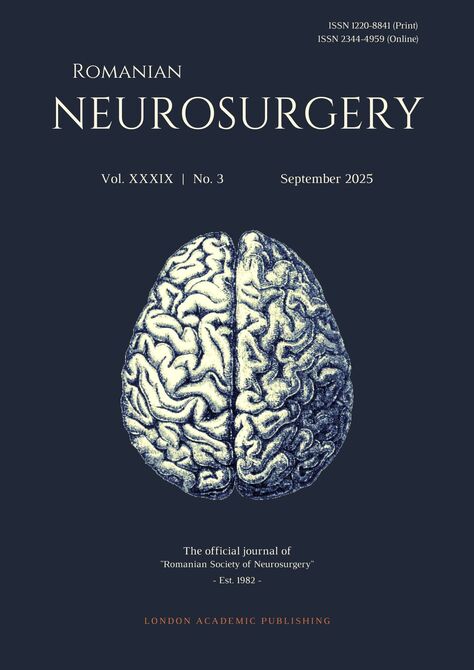Abstract
Background: Brainstem cavernous malformations (BCM) are supratentorially located vascular structures that damage the central nervous system. The rarest forms of these malformations are found in the brainstem and cerebellum, associated with venous abnormalities that appear suddenly. The aim of this study is to demonstrate the importance of proper anatomical management of cavernous malformations of the brainstem and the optimal resection, whether endoscopic endonasal, microsurgical, suboccipital approaches, or craniotomy, in terms of neurological postoperative results.
Material and methods: The search was exhaustive; it spanned several databases, including ScienceDirect and PubMed/MEDLINE, and was conducted using the PRISMA guidelines, R software for systematic reviews and meta-analyses, and Excel. Search terms included "Brainstem Cavernoma Malformations" along with terms specifying surgical techniques, brainstem or brainstem rehabilitation methods, and associated pathologies. Only studies published in English up to June 2025 were included.
Results: In this systematic review and meta-analysis, we included a total of 1319 patients, of which GTR, N = 269 (20.3%), and STR, N = 14 (1%), were total. Table 1-3, while in Table 1-Figure 2, we included N = 931 (70.5%) patients, GTR, N = 207 (15.6%), and one STR, N = 9 (0.6%).
Conclusion: This study shows that microsurgical resection of cavernous malformations of the brainstem is not only a complex issue in terms of the treatment of this pathology. Even so, endonasal endoscopy is gaining more and more strength, since 80% of resections, even with complications, have been very effective in terms of rehabilitation and postoperative follow-up.















